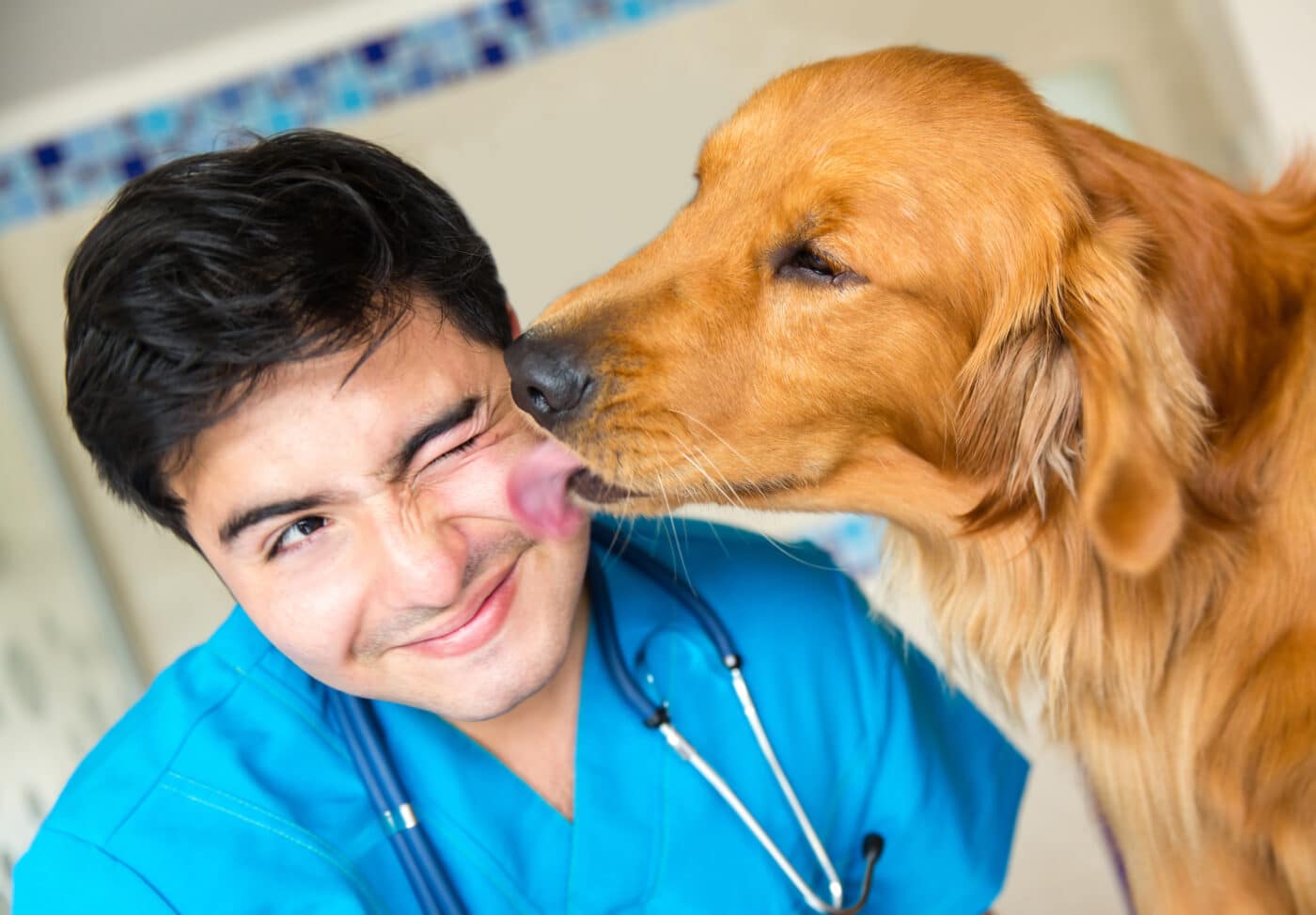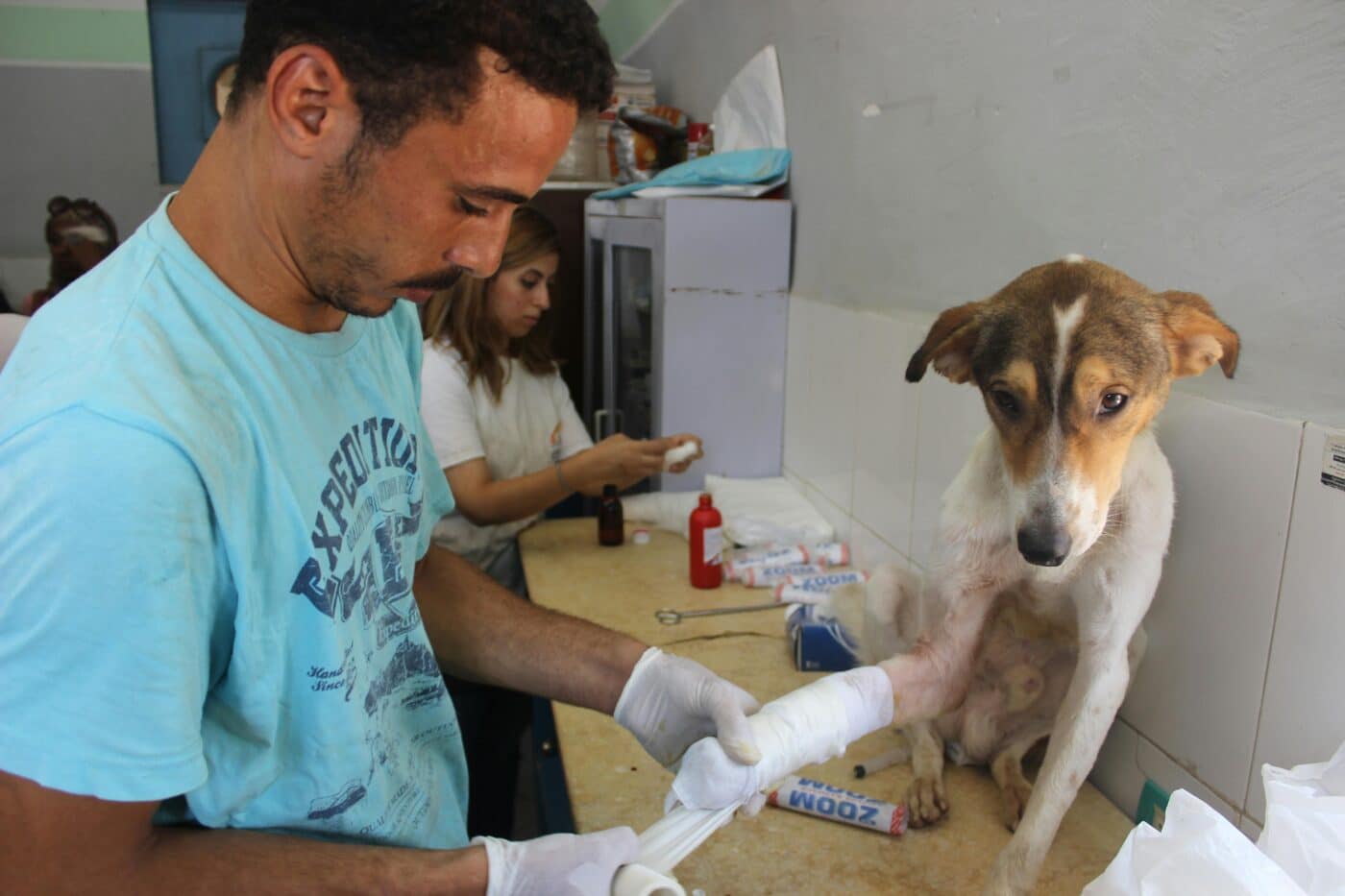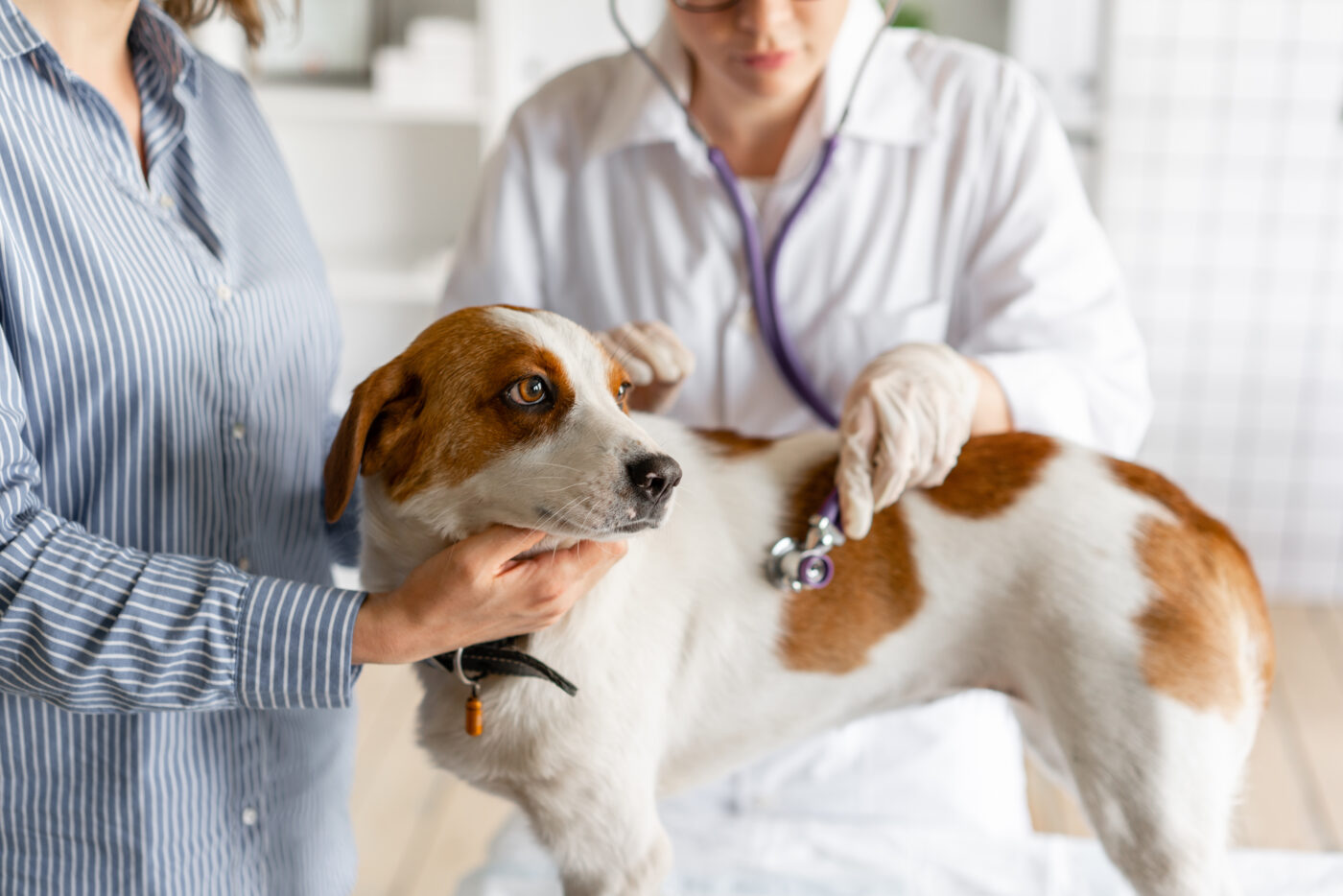 Shutterstock
Shutterstock
As a dog parent, few things are more terrifying than seeing your furry friend in distress. While we hope emergencies never happen, accidents and health crises can occur anytime. Knowing how to respond quickly and effectively can make a huge difference. From recognizing life-threatening symptoms to having essential supplies on hand, understanding what constitutes a true emergency and how to act is crucial. Veterinarians emphasize that preparation and awareness are key to handling pet emergencies calmly and confidently, ensuring the best outcome for your beloved pup.
Recognizing Common Signs of an Emergency
 Shutterstock
Shutterstock
One of the most important things dog parents should know is recognizing signs that something is seriously wrong. These signs can range from difficulty breathing and excessive bleeding to sudden collapse or severe vomiting and diarrhea. Dogs are experts at hiding pain and discomfort, so by the time they show distress, the situation may already be critical. Knowing the difference between minor issues and red flags that require immediate veterinary attention can save your dog’s life. For example, a bloated abdomen or blue gums are signs of life-threatening conditions that should never be ignored.
Keep a Pet First Aid Kit Handy
 Shutterstock
Shutterstock
Having a well-stocked pet first aid kit is crucial for handling emergencies before getting your dog to the vet. A good kit should include items like sterile gauze, adhesive tape, antiseptic wipes, tweezers, and a digital thermometer. Don’t forget to include any medications your dog takes regularly and a muzzle in case your pup gets scared or defensive when in pain. Knowing how to use these items is equally important; for instance, stopping bleeding or splinting an injury can make a big difference in an emergency. Keeping your kit accessible and up-to-date is essential for preparedness.
Know How to Perform CPR on Dogs
 Shutterstock
Shutterstock
CPR isn’t just for humans—it can also be a life-saving skill for dogs. Dog parents should familiarize themselves with canine CPR basics, which involve chest compressions and rescue breaths. The process differs depending on the size of your dog, so it’s crucial to learn the proper techniques for your pup’s weight and build. Practice makes perfect, and taking a pet first aid class can be invaluable. While you’ll hope never to need to use CPR, knowing how to respond in the critical minutes following cardiac arrest or choking can save your dog’s life.
What to Do If Your Dog Is Choking
 Shutterstock
Shutterstock
Dogs are curious creatures and often put things in their mouths that they shouldn’t. This makes choking a real risk. If your dog is choking, acting quickly is essential. Check their mouth for any visible object, but be cautious to avoid being bitten. If you can’t remove the object easily, perform the Heimlich maneuver for dogs. This involves giving sharp thrusts to the abdomen to try and dislodge the item. Knowing how to handle a choking situation calmly and efficiently can prevent a terrifying moment from becoming a tragedy. Always follow up with a vet visit, even if you think the crisis has passed.
Understanding Toxic Foods and Substances
 Shutterstock
Shutterstock
Dog parents should be aware of the many toxic foods and household substances to their pups. Common culprits include chocolate, grapes, onions, and xylitol, an artificial sweetener in many sugar-free products. Ingestion of these items can lead to severe health issues, from kidney failure to seizures. It’s important to know the symptoms of poisoning, such as drooling, vomiting, or unsteady movement, and to seek immediate veterinary care if you suspect your dog has eaten something dangerous. Having the ASPCA Animal Poison Control Center number readily available can be a lifesaver in these stressful situations.
How to Handle Dog Fights
 Shutterstock
Shutterstock
Dog fights can be chaotic and terrifying for both dogs and their owners. It’s essential to know how to safely break up a fight to prevent injury to all involved. Never try to separate fighting dogs with your hands. Instead, use a loud noise, water, or a barrier like a jacket to distract them. If necessary, grab your dog’s back legs and pull them apart like a wheelbarrow, then move backward to separate them. Understanding how to manage dog fights can minimize injuries and help you stay calm and in control during a high-stress situation.
Dealing with Seizures
 Shutterstock
Shutterstock
Witnessing your dog have a seizure is frightening, but staying calm and knowing what to do is crucial. Seizures can occur for a variety of reasons, from epilepsy to ingesting toxins. If your dog has a seizure, clear the area to ensure they don’t injure themselves on nearby objects. Do not try to restrain them, but make sure they are safe until the episode passes. Afterward, keep them calm and contact your vet immediately. Recording the duration and details of the seizure can help your vet determine the underlying cause. Seizures are serious and always warrant medical attention.
Heatstroke Prevention and Treatment
 Shutterstock
Shutterstock
Heatstroke is a life-threatening condition that can occur quickly, especially during hot weather or intense exercise. Dogs can’t cool down as efficiently as humans, making them more vulnerable to overheating. Symptoms include heavy panting, excessive drooling, and a rapid heartbeat. If you suspect heatstroke, immediately move your dog to a cooler area and offer small amounts of water. Wetting their paws and belly with cool (but not cold) water can also help. Contact your vet immediately, as heatstroke can cause organ damage if not treated promptly. Prevention is key, like keeping your dog hydrated and avoiding the heat.
Handling Bee Stings and Allergic Reactions
 Shutterstock
Shutterstock
Just like humans, dogs can have allergic reactions to bee stings or other environmental triggers. Symptoms may include swelling, hives, or difficulty breathing. If your dog gets stung and starts showing signs of an allergic reaction, administer an antihistamine like Benadryl (always check with your vet for the correct dosage) and seek veterinary care. Bee stings in the mouth or throat are especially dangerous, as swelling can block airways. Being prepared and knowing how to respond quickly can reduce the severity of an allergic reaction and ensure your pup gets the help they need.
Recognizing Bloat and Gastric Dilatation-Volvulus (GDV)
 Shutterstock
Shutterstock
Bloat, or gastric dilatation-volvulus (GDV), is a life-threatening condition that requires immediate medical attention. It occurs when a dog’s stomach fills with gas and twists, cutting off blood flow. Symptoms include a distended abdomen, unproductive vomiting, and restlessness. Large, deep-chested breeds like Great Danes and Boxers are at higher risk. If you suspect your dog has bloat, don’t wait—get them to the vet immediately. Preventive measures include feeding smaller meals daily and avoiding vigorous exercise immediately after eating. Knowing the signs of bloat and acting fast can mean the difference between life and death for your dog.
What to Do When Your Dog Has a Broken Bone
 Shutterstock
Shutterstock
Accidents happen, and broken bones are a painful reality that needs immediate attention. If you suspect your dog has a fracture, it’s crucial to minimize movement to avoid further injury. Use a makeshift splint if necessary, but handle your dog gently, as they may be in pain and more likely to snap or bite. Transport them carefully to the vet for x-rays and proper treatment. Staying calm is also essential, as your dog will pick up on your anxiety. Understanding how to manage this type of emergency can keep your dog comfortable until they receive medical care.
Knowing When to Head to the Emergency Vet
 Shutterstock
Shutterstock
One of the hardest decisions for dog parents is determining when an emergency warrants an immediate trip to the vet. Common emergencies include difficulty breathing, severe trauma, collapse, and symptoms of poisoning. If you’re unsure, it’s always better to err on the side of caution and consult a professional. Many vets offer emergency services or can guide you to a nearby animal hospital. Trusting your instincts and knowing when to act swiftly can save your dog’s life. Vets emphasize that having a false alarm is better than delaying treatment for a serious issue.
The Emergency Fund
 Shutterstock
Shutterstock
Pet emergencies often come with hefty vet bills, and having an emergency fund or pet insurance can be a lifesaver. Planning ahead financially means you won’t have to make tough decisions based on costs when your dog needs urgent care. Setting aside money specifically for emergencies or investing in a comprehensive pet insurance plan provides peace of mind. It’s one of those things you hope you’ll never need, but when the unexpected happens, you’ll be grateful you were prepared. Vets see too many cases where treatment options are limited due to financial constraints, so planning ahead can make all the difference.
The Tail-Wagging Truth About Staying Cool in a Crisis
 Shutterstock
Shutterstock
When pet emergencies happen, staying calm and acting quickly is crucial. Preparation, knowledge, and a well-stocked first aid kit can significantly impact the outcome. Our dogs rely on us to make the best decisions, so having a plan and knowing the signs is essential. Remember, your dog senses your energy, so take a deep breath, stay composed, and be the hero they need. Our loyal companions deserve all the care and love we can give, especially during emergencies, and your calm presence can make all the difference.
 Toledo, United States.
Toledo, United States.